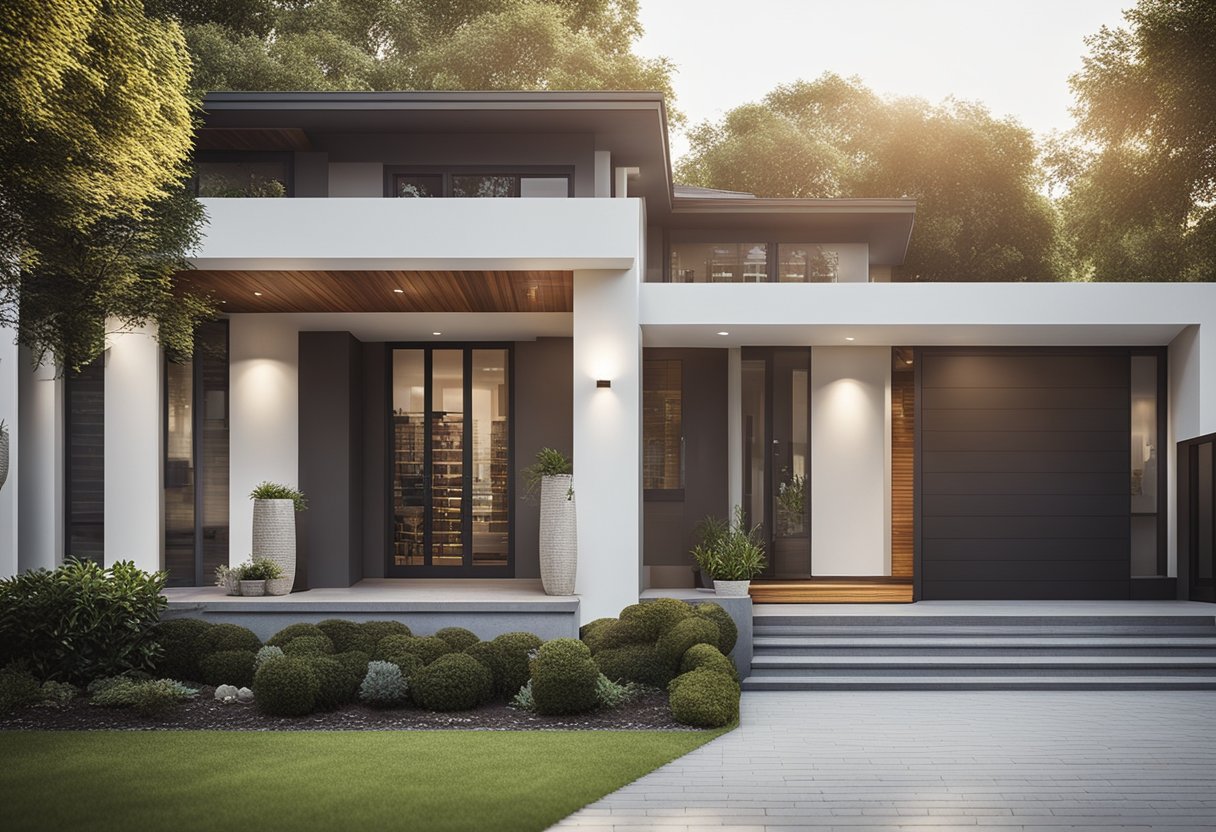Homes today are more than just a place to sleep—they’ve transformed into hubs of comfort, productivity, and personal expression, notes compass101.com, a leading property management expert. As lifestyles shift with technological, environmental, and social changes, modern house designs have evolved to meet the needs of contemporary living. These changes reflect our priorities, blending practicality, style, and sustainability. But how exactly have they adapted to fit our lives today?
From Traditional Roots to Modern Adaptations
Historically, home designs were created with a fixed purpose for each room. Kitchens were isolated workspaces, dining rooms were formal gathering spots, and living rooms served as social centres. While these spaces functioned well for their time, they didn’t offer the flexibility that many folks need today.
In contrast, modern designs prioritise versatility. Open-concept layouts have replaced rigid walls, creating spaces that flow seamlessly from one area to another. Living rooms blend into dining areas, while kitchens become central gathering points. This shift reflects the growing emphasis on connection and shared experiences in family and social life.
Another hallmark of modern design is the focus on multifunctionality. Guest bedrooms now double as home offices and living spaces adapt to accommodate everything from remote work to yoga sessions. This flexibility mirrors people’s increasingly dynamic lifestyles.
Adapting to Smaller Spaces and Growing Cities
With urbanisation on the rise, smaller homes and apartments have become more common. This has led to innovative solutions in space optimisation. Modern designs often include clever storage options, like built-in shelving or hidden compartments, to maximise utility without compromising style.
Compact furniture, such as foldable tables or beds that tuck into walls, significantly increases the size of small spaces. The design philosophy behind these innovations is simple: every inch matters. This emphasis on practicality ensures that even the cosiest homes can feel spacious and functional.
Technology as a Driving Force
Technology has transformed almost every aspect of humans’ lives, and residential spaces are no exception. Smart features are now seamlessly integrated into modern living, offering convenience, efficiency, and security. Imagine adjusting your thermostat with your smartphone, turning lights on or off with a voice command, or monitoring your home remotely through a connected security system. These are no longer luxuries—they are becoming standard features in new designs.
Beyond convenience, technology has also influenced aesthetics. Sleek, minimalist designs often incorporate tech in subtle ways, such as hidden charging stations, built-in speakers, and discreet wiring solutions. This ensures that functionality enhances, rather than detracts from, a home’s visual appeal.
Embracing Sustainability
As environmental awareness grows, sustainable practices have become integral to modern designs. Homeowners increasingly prioritise energy efficiency, eco-friendly materials, and designs that reduce environmental impact. For instance, homes are being built with energy-efficient windows, better insulation, and solar panels. Natural light is a key feature in modern layouts, reducing reliance on artificial lighting during the day. Similarly, rainwater harvesting systems and greywater recycling are finding their way into residential spaces, making them more self-sufficient and eco-conscious.
Sustainability extends to materials, too. Bamboo flooring, recycled steel, and reclaimed wood are popular choices for environmentally friendly builds. These materials reduce environmental strain and add a unique character to the spaces they occupy.
Prioritising Comfort and Aesthetics
Modern house designs strike a balance between comfort and style, creating spaces that are visually appealing and relaxing. Minimalist trends with clean lines and neutral tones promote calm, clutter-free environments. However, not all modern homes follow minimalism. Bold colours, intricate patterns, and textured finishes allow homeowners to showcase their personalities.
Comfort remains a priority. Ergonomic furniture, cosy seating, and thoughtful layouts ensure every room feels inviting. Bedrooms often feature soft lighting, while living rooms are designed for relaxation and connection.
Discovering Innovative Ideas for Your Space
When searching for inspiration, exploring various trusted resources can be invaluable. There are numerous platforms and design collections that showcase diverse layouts, finishes, and features modified to different preferences and lifestyles. Whether you’re drawn to sleek, contemporary aesthetics or prefer a timeless, traditional charm, these resources can provide fresh ideas for your next project.
Modern designs by renowned dealers go beyond aesthetics—they focus on creating spaces that align with your needs and values. By examining thoughtfully curated options, you can discover features that emphasise sustainability, adaptability, and functionality, ensuring that your home truly reflects your personal vision.
Looking Ahead: What Does the Future Hold?
As society evolves, so do home designs. Remote work drives the need for home offices, while urbanisation sparks innovative space-saving solutions. Future homes will integrate advanced technology, like AI systems that adapt to personal preferences, and green innovations, such as energy storage and enhanced insulation. Despite these changes, the core goal remains the same: to create homes that reflect their occupants, blending flexibility, technology, and sustainability while respecting timeless traditions. Homes are no longer static structures—they are dynamic environments that evolve alongside human beings. Modern designs cater to the multifaceted nature of today’s lifestyles, ensuring that every space feels personal, functional, and forward-thinking. As folks continue to innovate, their homes will remain a canvas for their aspirations, seamlessly blending comfort, technology, and environmental consciousness into spaces they love to live in.





